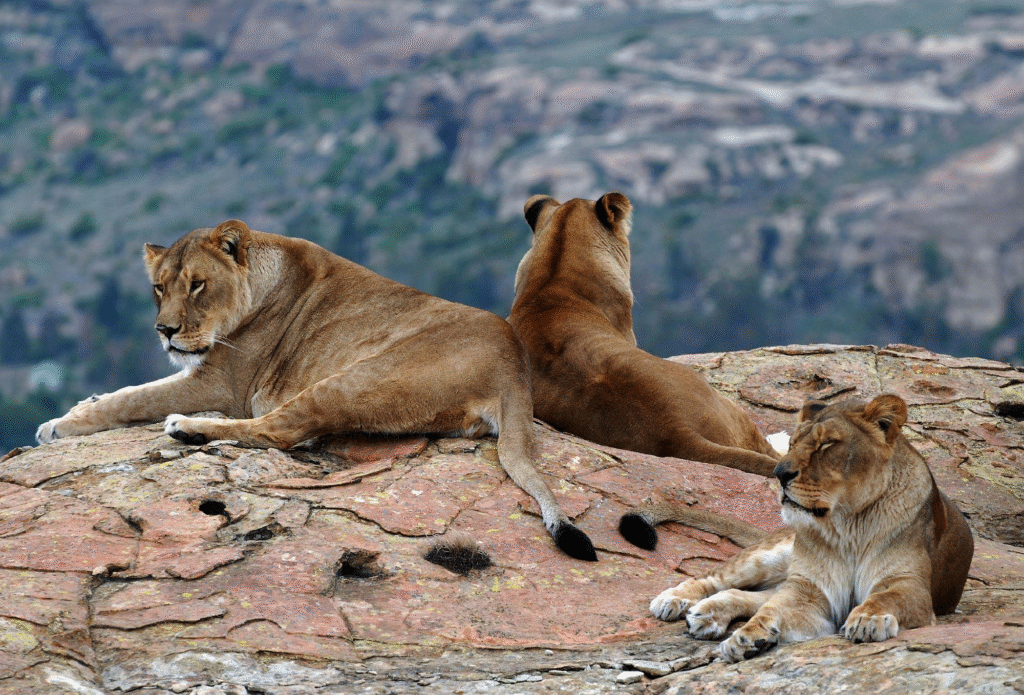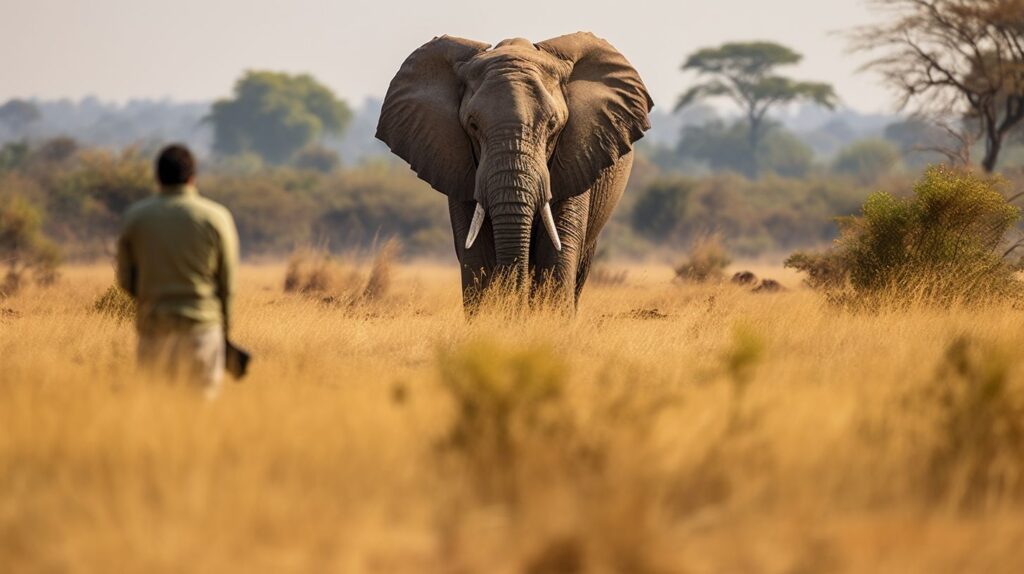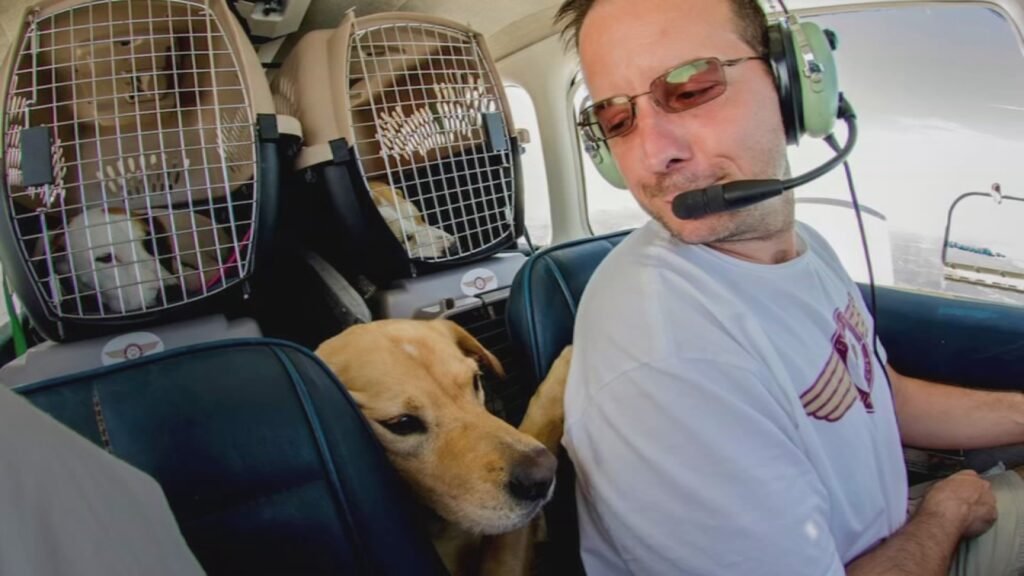At Sustainable Action Now, our mission is deeply rooted in fostering a harmonious relationship between humanity and the natural world. Nowhere is this connection more profound than in the presence of Africa’s majestic megafauna. From the gentle giants whose wisdom touches the soul to the elusive predators whose power captivates the imagination, experiencing these animals in their natural habitats offers more than just a spectacle – it offers a transformative understanding of life on Earth. These incredible encounters underscore the urgent need for robust conservation efforts to protect these magnificent species and their ecosystems. To delve deeper into our commitment to safeguarding global wildlife and exploring the wonders of the natural world, we invite you to visit our dedicated wildlife section: https://sustainableactionnow.org/wildlife/.
Let’s journey into the heart of the wild, exploring what it truly means to be touched by elephants and the thrilling challenge of tracking big cats in their natural domain.
Touched by Elephants: A Soulful Safari
Imagine standing in the golden light of an African sunset, a gentle breeze rustling through the acacia trees, and a herd of elephants silently emerges from the bush. This isn’t just a sighting; it’s often described as a soulful safari – an experience that transcends mere observation and fosters a deep, emotional connection.
Elephants are incredibly intelligent, empathetic, and socially complex creatures. Spending time with them, whether observing a matriarch leading her family to a waterhole or witnessing the playful antics of calves, reveals a profound sense of connection and awareness within their herds. A truly soulful safari goes beyond the typical game drive; it encourages mindfulness, reflection, and an intimate presence in nature. Walking silently near these colossal beings, feeling their subtle rumbles, and appreciating their quiet wisdom can be a humbling experience, reminding us of our place within the grand tapestry of life.
Ethical elephant encounters, often found at dedicated sanctuaries or through responsible safari operators, allow for closer, respectful interactions. These experiences teach us about their intricate communication, their incredible memory, and their deep bonds with one another. It’s in these moments of shared presence that the profound impact of their existence truly hits home, fostering an immediate and personal commitment to their survival.
However, these gentle giants face immense threats, primarily from poaching for ivory and accelerating habitat loss due to human expansion. Their migratory routes are disrupted, and human-elephant conflict is on the rise. Conservation efforts for elephants focus on anti-poaching initiatives, securing and expanding protected areas and wildlife corridors, and fostering community-based programs that demonstrate the value of coexistence. By choosing ethical safaris and supporting organizations dedicated to elephant protection, we directly contribute to securing a future where these intelligent beings can continue to thrive.
Leopard to Lion: Tracking Big Cats in the Wild

From the sheer majesty of the elephant, our gaze shifts to the enigmatic power of Africa’s big cats. Tracking these apex predators – from the elusive leopard to the king of the jungle, the lion – is an art and a science, offering a unique window into their secretive lives.
Leopard Tracking: The leopard is a master of stealth and camouflage, often referred to as the “silent killer.” These solitary felines prefer dense foliage and often drag their kills up into trees to protect them from scavengers. Tracking a leopard requires immense patience and keen observational skills. Expert guides look for subtle clues: fresh paw prints (spoor) along sandy roads, drag marks indicating a recent kill, or the alarm calls of monkeys and birds that might betray a leopard’s presence. Researchers employ advanced tools like GPS tracking collars to monitor their movements and camera traps to capture their elusive images, providing vital data on their behavior, habitat use, and population numbers without direct disturbance. The thrill of patiently waiting, scanning the shadows, and finally spotting a leopard’s distinctive rosette pattern high in a tree is an unforgettable reward.
Lion Tracking: Lions, unlike leopards, are highly social animals, living in prides. Tracking them often involves looking for tracks of a group, listening for their iconic roars, or observing the behavior of prey animals. While lions can be more readily spotted during the cooler hours of dawn and dusk when they hunt, their movements are still carefully monitored for research and conservation. Modern GPS collars equipped with accelerometers provide detailed data on their activity levels, helping scientists understand their hunting energetics and territorial behavior. Drones and advanced camera trap networks, often incorporating AI for rapid identification, further aid researchers in mapping their territories and monitoring population health.
Challenges and Conservation for Big Cats: Both leopards and lions face critical threats. Habitat fragmentation restricts their movement and hunting grounds, leading to increased human-wildlife conflict. Poaching, though primarily targeting elephants for ivory and rhinos for horn, can also impact big cat populations through indirect means or retaliatory killings by livestock owners. A lack of sufficient prey due to bushmeat poaching further pressures their numbers.
Conservation efforts for big cats are multi-faceted. They involve:
- Protected Area Management: Ensuring safe havens where these predators can thrive without human interference.
- Anti-Poaching Patrols: Employing trained eco-guards and technology to deter illegal activities.
- Community Engagement: Working with local communities to implement coexistence strategies, such as predator-proof enclosures for livestock and benefit-sharing from tourism, to reduce retaliatory killings.
- Research and Monitoring: Continuously tracking populations, understanding their ecological needs, and identifying areas of conflict to inform targeted conservation strategies.
A Call to Action: Protecting Our Shared Wild Heritage
Experiencing the magnificence of elephants and the raw power of big cats in the wild leaves an indelible mark. It transforms abstract concepts of conservation into deeply personal imperatives. These animals are not just statistics; they are sentient beings, vital to the health of their ecosystems and deserving of our protection.
At Sustainable Action Now, we believe that every safari, every documentary watched, and every piece of knowledge gained about wildlife can ignite a passion for conservation. By supporting ethical tourism, contributing to reputable conservation organizations, and advocating for policies that protect natural habitats, we collectively become guardians of the wild. Our shared responsibility is to ensure that future generations can also be touched by elephants and marvel at tracking lions and leopards in thriving wild landscapes.
Join us in making a tangible difference for global wildlife. Discover more about our initiatives and how you can contribute to these crucial efforts by visiting https://sustainableactionnow.org/wildlife/. Together, we can ensure that the echoes of the wild continue to inspire and enrich our world for generations to come.


